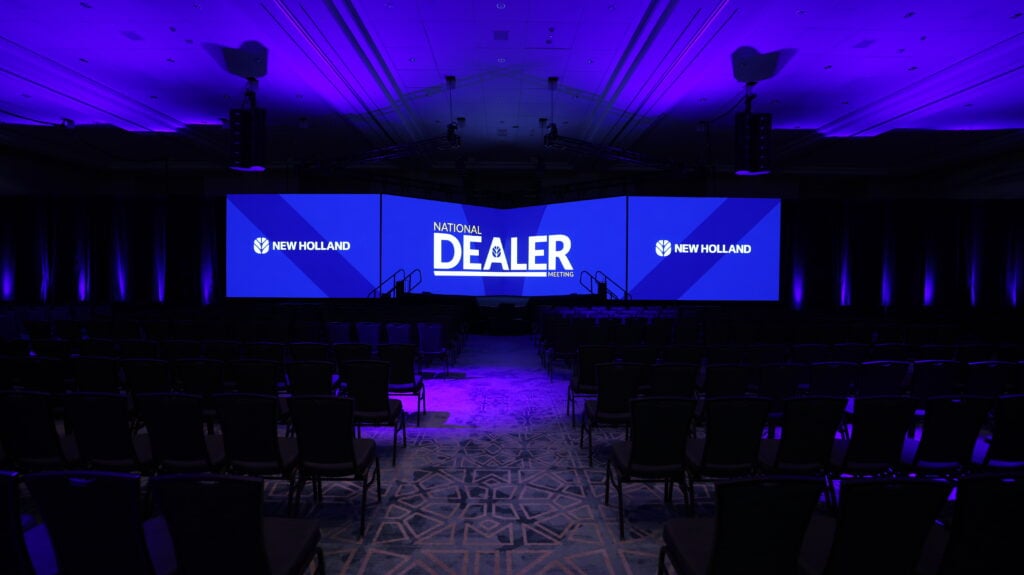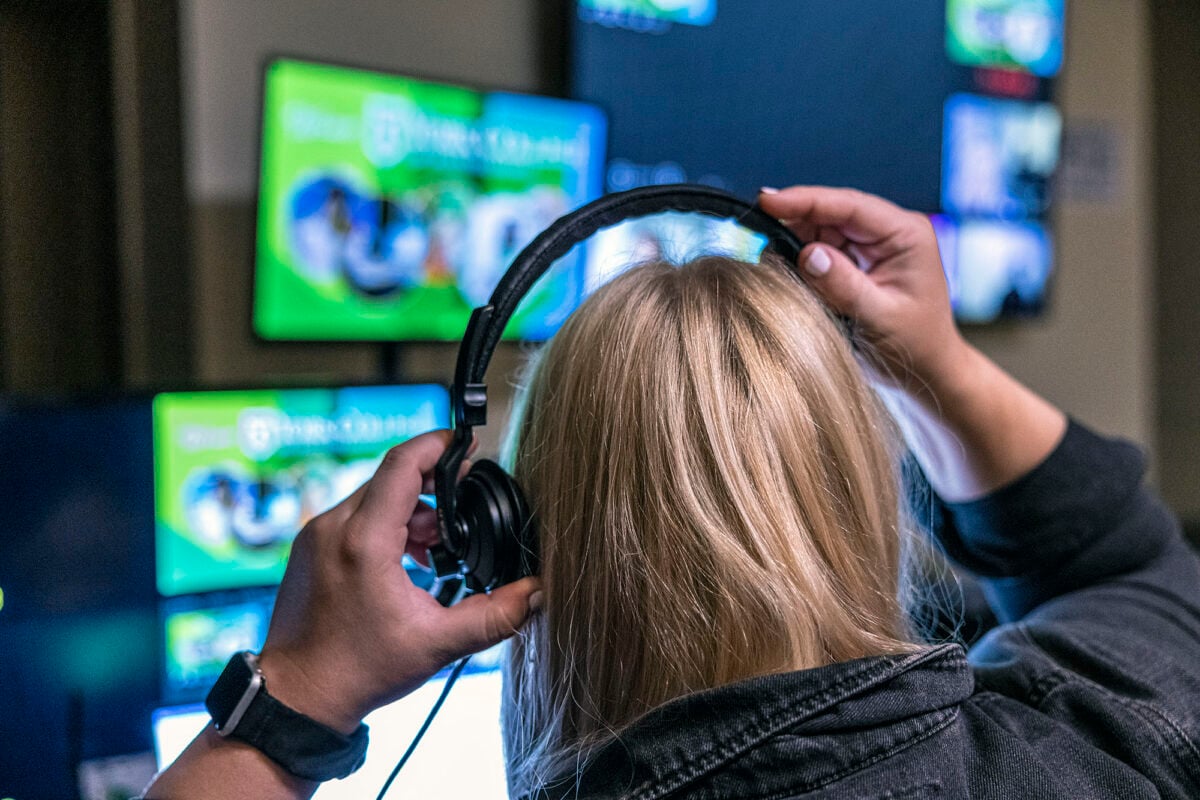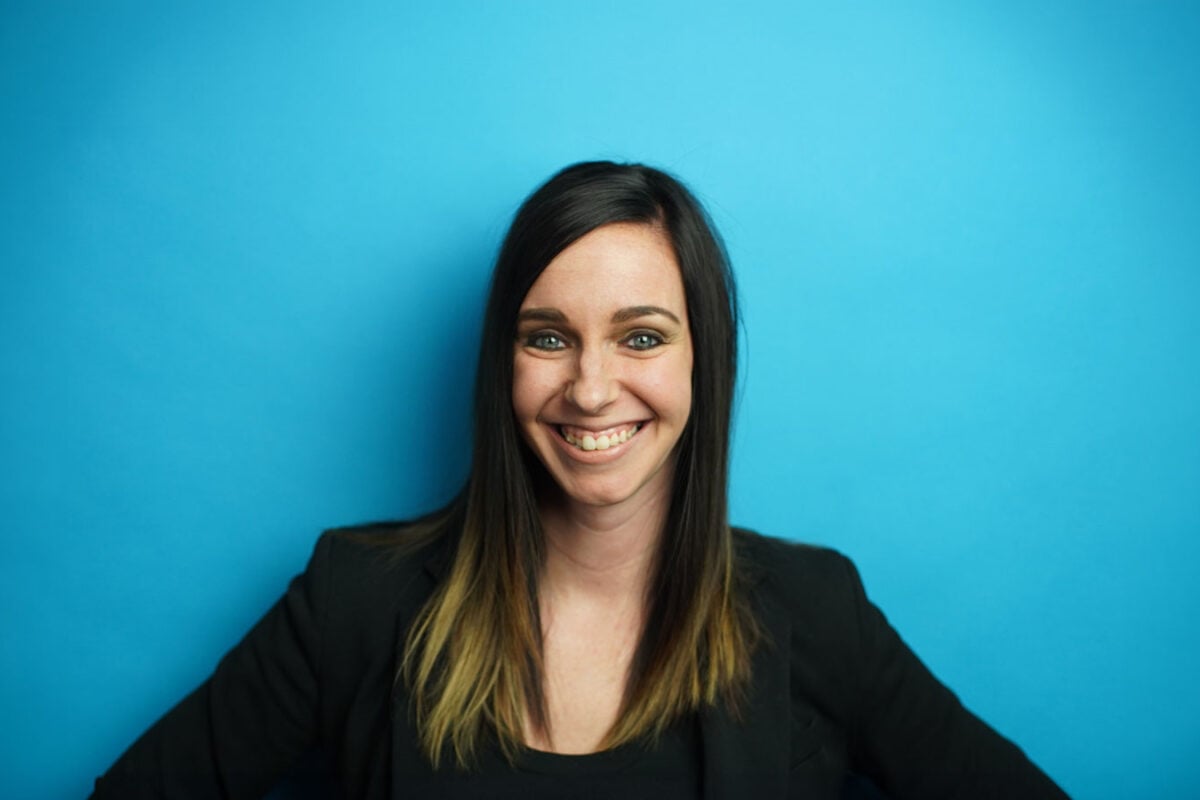In today’s attention economy, where people devote nearly 7 hours daily to digital content (DataReportal’s Digital 2023 Global Overview Report), brands struggle to make meaningful connections amid the noise. Live events have reemerged as the antidote to digital fatigue—creating immersive, three-dimensional experiences where audiences don’t just hear brand stories, they step inside them. At the intersection of this experiential renaissance and technological innovation, advanced LED technology has become the canvas that transforms ordinary spaces into extraordinary environments. It has elevated brand messaging from mere content to be consumed into worlds to be experienced.
The LED advantage in brand communications
LED screens offer a vibrant and infinitely customizable canvas for brand storytelling. Their eye-catching visuals captivate audiences from the moment they enter an event space. What makes today’s LED technology particularly revolutionary is space efficiency and portability. Event designers can now utilize areas beyond traditional ballrooms, creating additional touchpoints that engage attendees throughout the venue. Their flexible configuration allows panels to be arranged in countless creative ways, helping to transform both expansive venues and intimate spaces.
The tech also brings interactive potential. We can integrate LED screens with social media and offer touch-responsive features that create meaningful two-way communication between brands and their audiences.
Here are two case studies that demonstrate how LED technology is transforming how we bring brand storytelling to life for live events.
New Holland National Dealer Meeting case study: amplifying key messages at a large-scale conference

Challenge
The New Holland team faced several significant hurdles in their National Dealer Meeting:
- Multiple large audiences needed to take in extensive information clearly.
- Content-heavy presentations demanded more than standard slides could deliver.
- Tight timeframes in the event agenda required seamless transitions and seating layouts between different brand presentations.
Solution
Our approach leveraged multiple, large LED screens to create an immersive presentation environment:
- We integrated LED screens with a layout design that forced the audience’s perspective and partially surrounded the stage, enhancing the visual connection between presenters and content while providing impressive product scale.
- Full-screen branded visuals transformed the space to match each brand’s story, creating dynamic environments that evolved throughout the event.
- Multiple screen configurations were developed to optimize visibility from every vantage point, accommodating different seating setups and audience sizes—from intimate theater settings to deep room arrangements—throughout the week.
JPL Day case study: from cavernous space to captivating experience

Challenge
For our agency’s annual kickoff meeting, we needed to transform our cavernous meeting space—affectionately called “the Hangar”—into an immersive environment that would celebrate our culture and rally the team around our growth initiatives. The space’s immense size and high ceilings presented unique design constraints that required creative solutions to achieve the personal, engaging atmosphere we envisioned.
Solution
Our solution centered on creating an intimate, immersive environment:
- We utilized multi-angled LED walls to surround attendees, creating a cocoon-like brand experience.
- The design prioritized connection with tiered seating that minimized the distance between front and back rows.
- A wide scenic area was achieved through multiple LED walls serving different content needs throughout the event.
- Animated graphics, data visualizations and video elements broke down complex topics into digestible, engaging content.
- All content was designed to be adaptive, ensuring an immersive experience regardless of seating position.
Redefining brand experiences: the LED-powered future of live events
LED technology isn’t just changing event production—it’s revolutionizing how audiences connect with brands in physical space. This versatile medium bridges the gap between digital possibility and tangible experience, allowing for consistent brand storytelling that scales seamlessly from executive boardrooms to convention centers while maintaining its visual power.
The strategic advantage extends well beyond the event itself. Assets created for these immersive environments drive value across your entire marketing ecosystem—transforming into social content, digital advertising and virtual experiences that extend your reach exponentially.
In a world where attention is the ultimate currency, LED-powered environments create something increasingly rare: moments of genuine connection and shared experience. Forward-thinking brands are already using this technology to turn passive observers into active participants in their story—creating emotional resonance that traditional marketing simply cannot match.
The question isn’t whether your brand should embrace this approach, but how quickly you can leverage it to leave competitors wondering how you created such a powerful connection with your audience.




